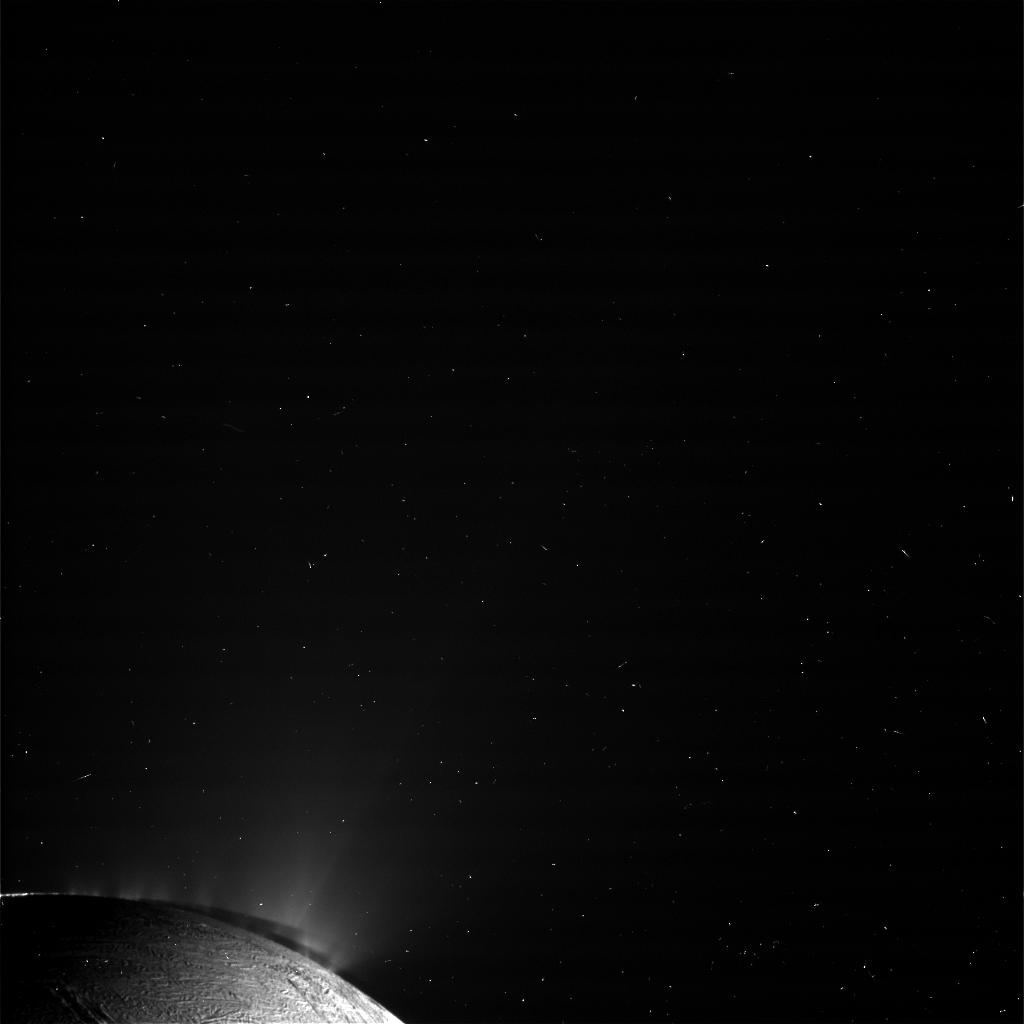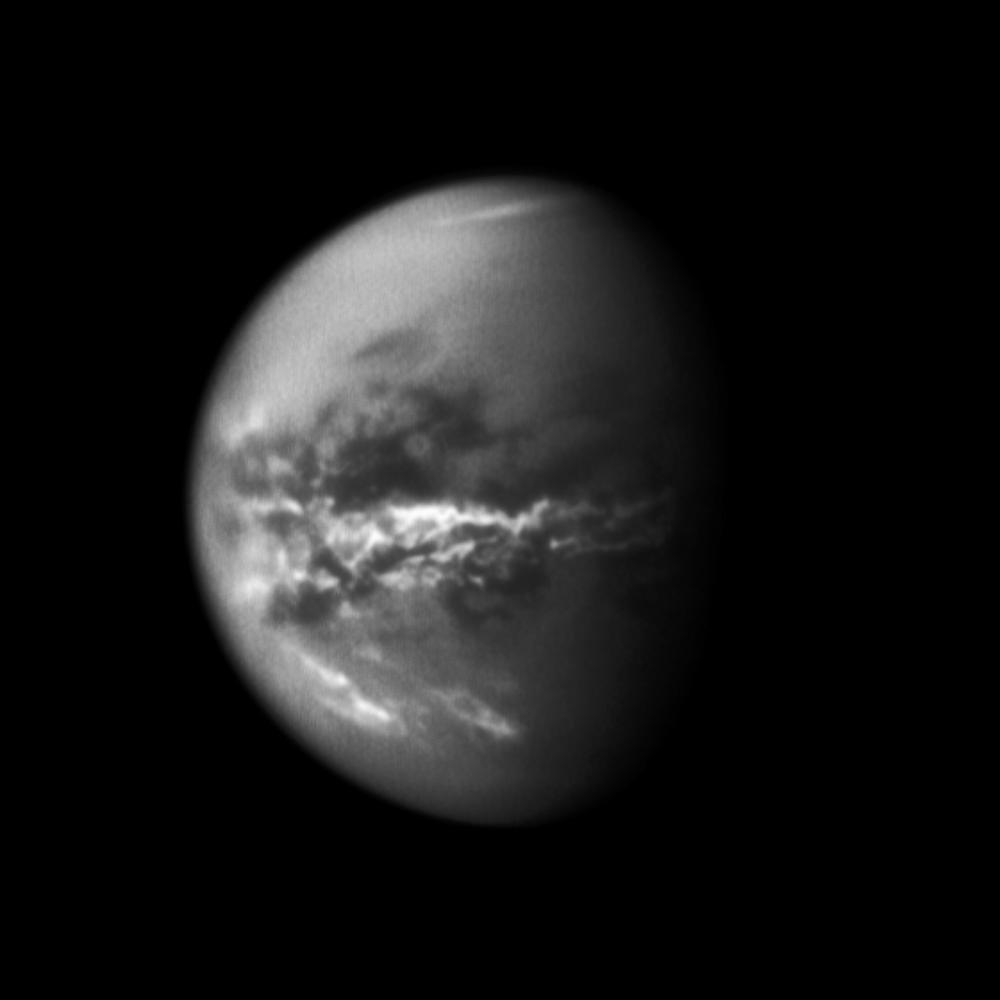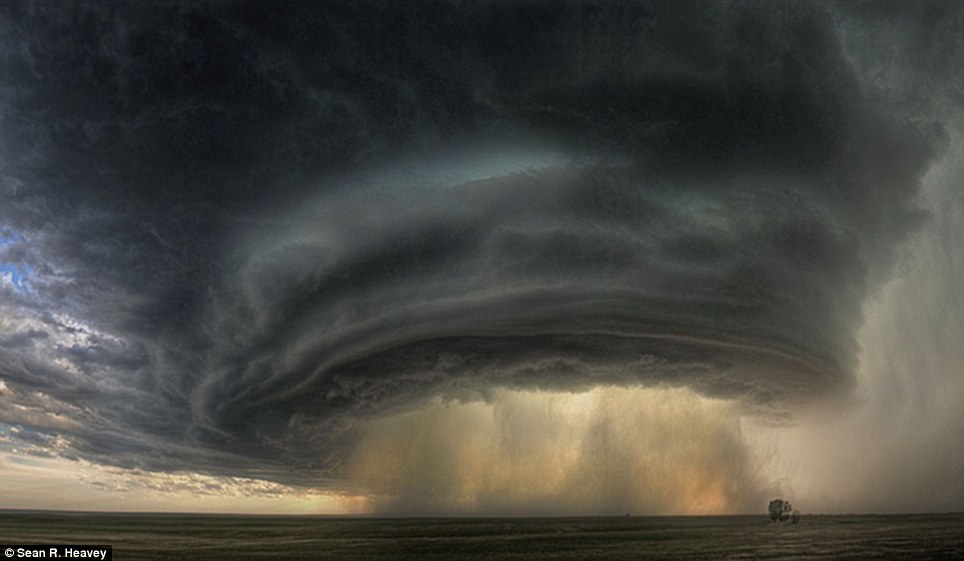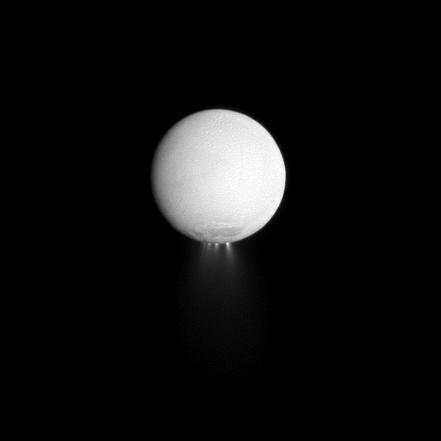 The tiny moon Helene seems to be experiencing some kind of erosion based on new hires images acquired by the Cassini mission in orbit around Saturn. If this is true, this would be quite a mystery considering the moon’s tiny mass and almost total lack of any gravitational ability to shape it’s own surface. Surely this must be coming from external forces such as ring particles being dumped on the surface in one area and then slowly being shaken downslope by small impacts over a very long time. Maybe?
The tiny moon Helene seems to be experiencing some kind of erosion based on new hires images acquired by the Cassini mission in orbit around Saturn. If this is true, this would be quite a mystery considering the moon’s tiny mass and almost total lack of any gravitational ability to shape it’s own surface. Surely this must be coming from external forces such as ring particles being dumped on the surface in one area and then slowly being shaken downslope by small impacts over a very long time. Maybe?
Another color composite by Gordan Ugarkovic.
And a bonus Helene crescent image with posterization effects removed by Wanderingspace.













 This is a thunderstorm cloud known as a supercell taken by photographer Sean Heavey.
This is a thunderstorm cloud known as a supercell taken by photographer Sean Heavey. 


 This is the best lit image taken of the plumes of Enceladus thus far by Cassini. The moon is lit from the front by Saturnshine and the plumes are being back-lit by the Sun directly behind. A perfect alignment for revealing active geysers on a small moon.
This is the best lit image taken of the plumes of Enceladus thus far by Cassini. The moon is lit from the front by Saturnshine and the plumes are being back-lit by the Sun directly behind. A perfect alignment for revealing active geysers on a small moon.

